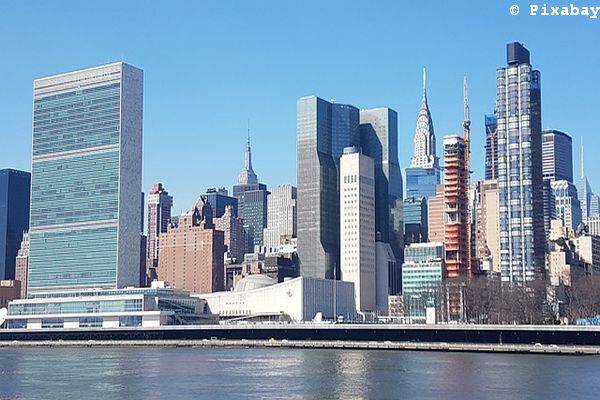New York, 17-19 May – The United Nations’ highly anticipated Midterm Review of the Sendai Framework for Disaster Risk Reduction concluded, shedding light on the achievements made and the obstacles faced in reducing disaster risks worldwide. The event, held under the auspices of the UN General Assembly, brought together key stakeholders and experts to assess the progress made since the framework’s adoption and chart the way forward.
Positive developments emerged during the review, underscoring the global community’s commitment to disaster risk reduction. One notable achievement was the reduction in global disaster mortality, indicating that efforts to enhance preparedness and response mechanisms have yielded tangible results. Additionally, the number of countries developing national strategies for disaster risk reduction has increased, reflecting a growing recognition of the importance of proactive measures. The review also highlighted the expansion of international cooperation, with countries collaborating to share best practices and jointly tackle common challenges. Improved data collection and risk understanding have further contributed to enhancing resilience in the face of disasters.
However, the review also underscored the significant challenges impeding progress in disaster risk reduction. Climate change, the ongoing COVID-19 pandemic, conflicts, and other crises have posed formidable obstacles that overshadowed the positive strides made. These multifaceted threats have demonstrated the urgent need for a comprehensive and integrated approach to disaster risk reduction.
The Midterm Review generated valuable ideas and momentum, emphasizing the imperative of prevention, resilience-building, collaboration, early warning systems, and gender inclusion in disaster risk reduction efforts. The event showcased effective coordination and organization, enabling diverse stakeholders from governments, civil society, academia, and the private sector to actively participate. However, some sectors, particularly marginalized communities, were noted as being underrepresented, highlighting the importance of inclusivity in future discussions.
Finance emerged as a key concern during the review, with discussions centering around the need for increased funding to support disaster risk reduction initiatives. Participants deliberated on various financing mechanisms, including exploring the opportunity costs of inaction, encouraging private investment, leveraging the role of multilateral development banks, and advocating for greater resources allocated to prevention and resilience-building.
Looking ahead, the coming years are pivotal in achieving the Sendai Framework’s goals, aligning with the broader Sustainable Development Goals, and addressing the interconnected challenges of climate change, pollution, and biodiversity loss. The review underscored the crucial role of solidarity and multilateral response in effectively reducing disaster risks. The United Nations, with its convening power, played a central role in facilitating this collective effort.
The Midterm Review serves as a vital milestone and sets the stage for future events, including the upcoming SDG Summit, where the global community will further advance disaster risk reduction and resilience-building initiatives. Ultimately, the success of the review will be determined by the actions taken by governments, organizations, and individuals in the lead-up to the Sendai targets’ deadline in 2030. The collective will to implement necessary measures and the sustained commitment to reducing disaster risks will be essential in shaping a more resilient and secure future for all.


